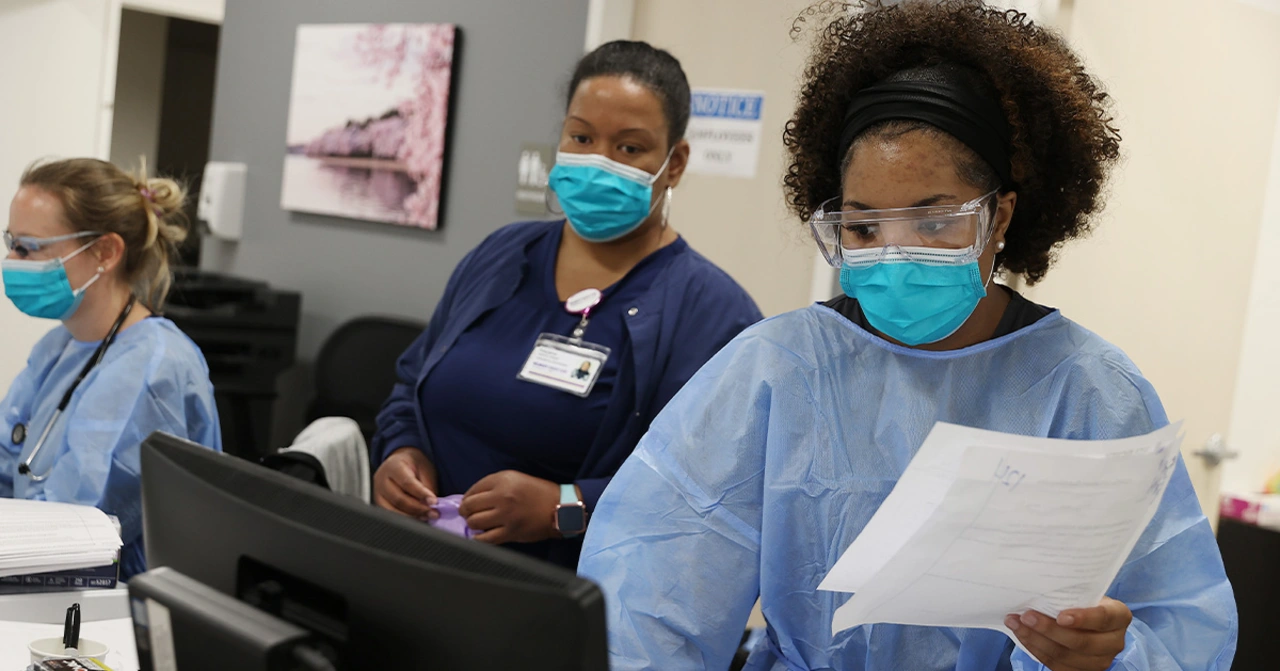Understanding the High Cost of Healthcare in the US: A Comprehensive Breakdown
These days, healthcare costs in the US are skyrocketing. It can be overwhelming to understand why and what exactly is driving this cost increase. However, understanding the cost breakdown of healthcare in the US can help you to better plan for your healthcare needs. Here is a comprehensive breakdown of the cost of healthcare in the US.
Insurance
Insurance is one of the main factors driving up healthcare costs in the US. Insurance companies charge for their services, and that cost is passed on to the consumer. Insurance companies typically charge premiums and copays for their services. Additionally, insurance companies often use a variety of tactics to increase their profits, such as denying claims, imposing high deductibles, and limiting coverage.
Provider Fees
Another factor driving up healthcare costs in the US is provider fees. Physicians, hospitals, and other healthcare providers charge for their services. These fees can be quite high, especially for specialized procedures and treatments. In addition, providers often have to charge more in order to cover the cost of running their practice and to stay profitable.
Prescription Drugs
Prescription drugs are another factor driving up healthcare costs in the US. The cost of prescription drugs can be quite high, especially for specialty medications. Additionally, drug companies often raise prices in order to increase their profits.
Administrative Costs
Administrative costs are also a factor in the high cost of healthcare in the US. Administrative costs include things like billing and coding, paperwork, and other overhead costs. These costs are typically passed on to the consumer in the form of higher prices.
Technology
Technology is another factor driving up healthcare costs in the US. New technology, such as diagnostic tools, medical devices, and software, can be quite expensive. Additionally, physicians often have to invest in technology in order to stay competitive.
Government Regulations
Government regulations can also play a role in the cost of healthcare in the US. Regulations, such as the Affordable Care Act, can make it more expensive for providers to offer coverage. Additionally, regulations can make it more difficult for insurance companies to offer competitive rates.
Consumer Demand
Finally, consumer demand is another factor driving up healthcare costs in the US. Consumers are increasingly demanding more services and more expensive treatments, which drives up costs. Additionally, consumers often have unrealistic expectations about the cost of healthcare, which can lead to higher prices.
Analyzing the Impact of Healthcare Costs on American Households: A Closer Look at the US Healthcare System
The United States is often viewed as a leader in healthcare, but the truth is that the system is far from perfect. Healthcare costs are skyrocketing, with no end in sight. This is having a huge impact on American households, as they are forced to spend more and more on healthcare. In this article, we will take a closer look at the US healthcare system and examine the cost breakdown of healthcare in the US.
The High Cost of Healthcare in the US
Healthcare in the US is expensive, and it is getting more expensive all the time. According to the Centers for Medicare and Medicaid Services (CMS), healthcare spending in the US reached $3.6 trillion in 2018, a 4.4% increase from the year before. This means that the average American spends more than $11,000 a year on healthcare, a number that is expected to increase in the coming years.
What is Driving Healthcare Costs?
There are a variety of factors that are driving healthcare costs in the US. One of the biggest drivers is the increasing cost of prescription drugs. According to the CMS, drug spending in the US increased by 4.2% in 2018, reaching $335.9 billion. This is a huge increase, and it is having a major impact on healthcare costs.
Another factor driving healthcare costs is the increasing cost of medical services. According to the CMS, medical services account for around two thirds of healthcare spending in the US. This includes hospital care, physician and clinical services, and other medical services such as nursing home care and home health care.
Who Pays for Healthcare?
The cost of healthcare is ultimately borne by the individuals and families who are using it. According to the CMS, households accounted for about 28% of healthcare spending in 2018. This is a significant amount, and it is having an impact on American households. As healthcare spending continues to increase, so too will the amount of money that households are spending.
Conclusion
The cost of healthcare in the US is rising, and it is having a major impact on American households. The cost of healthcare is driven by a variety of factors, including the increasing cost of prescription drugs and medical services. Ultimately, households are bearing the brunt of these costs, as they account for around 28% of healthcare spending in 2018. As healthcare costs continue to rise, households will be forced to spend more and more on healthcare.


